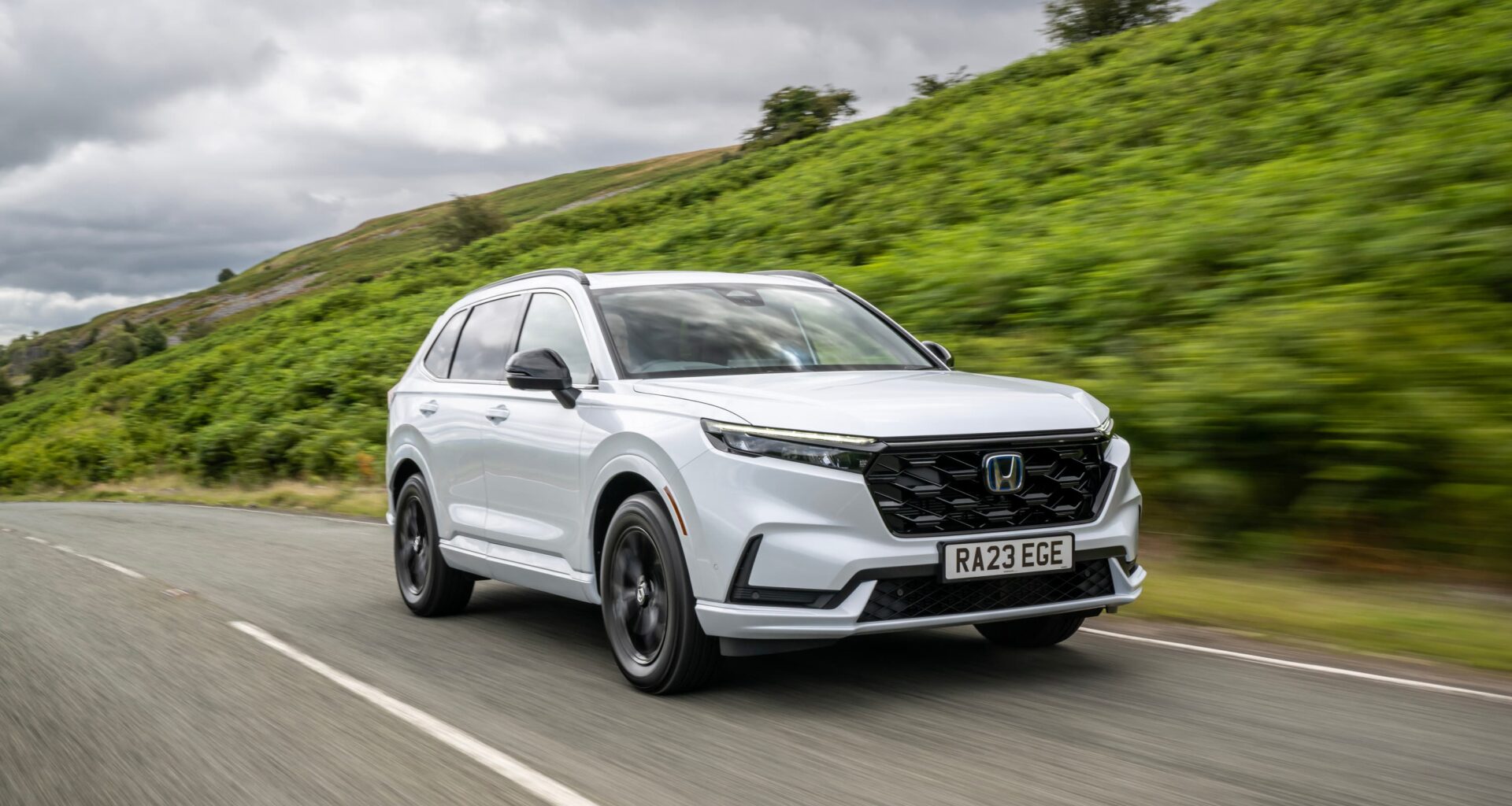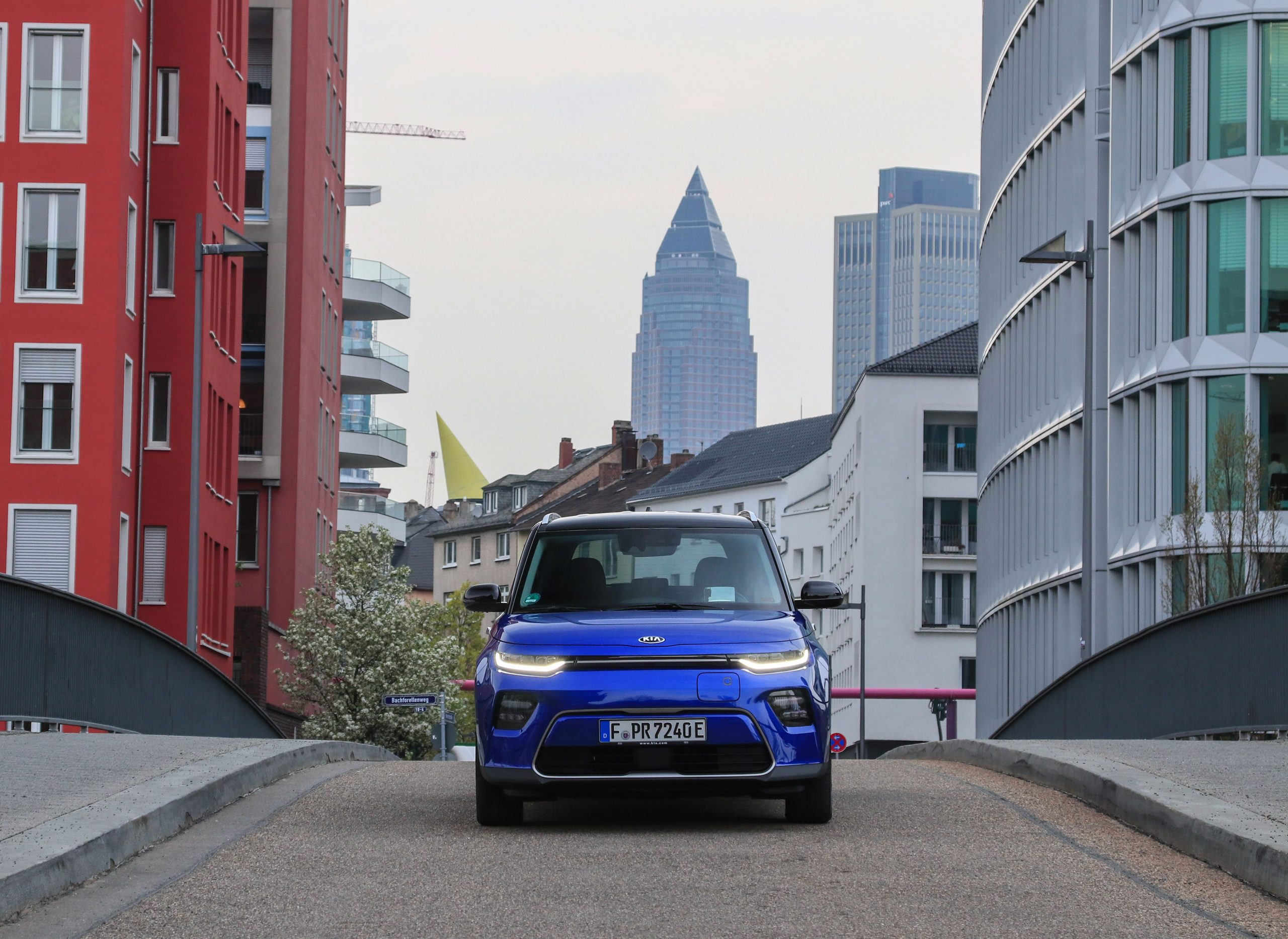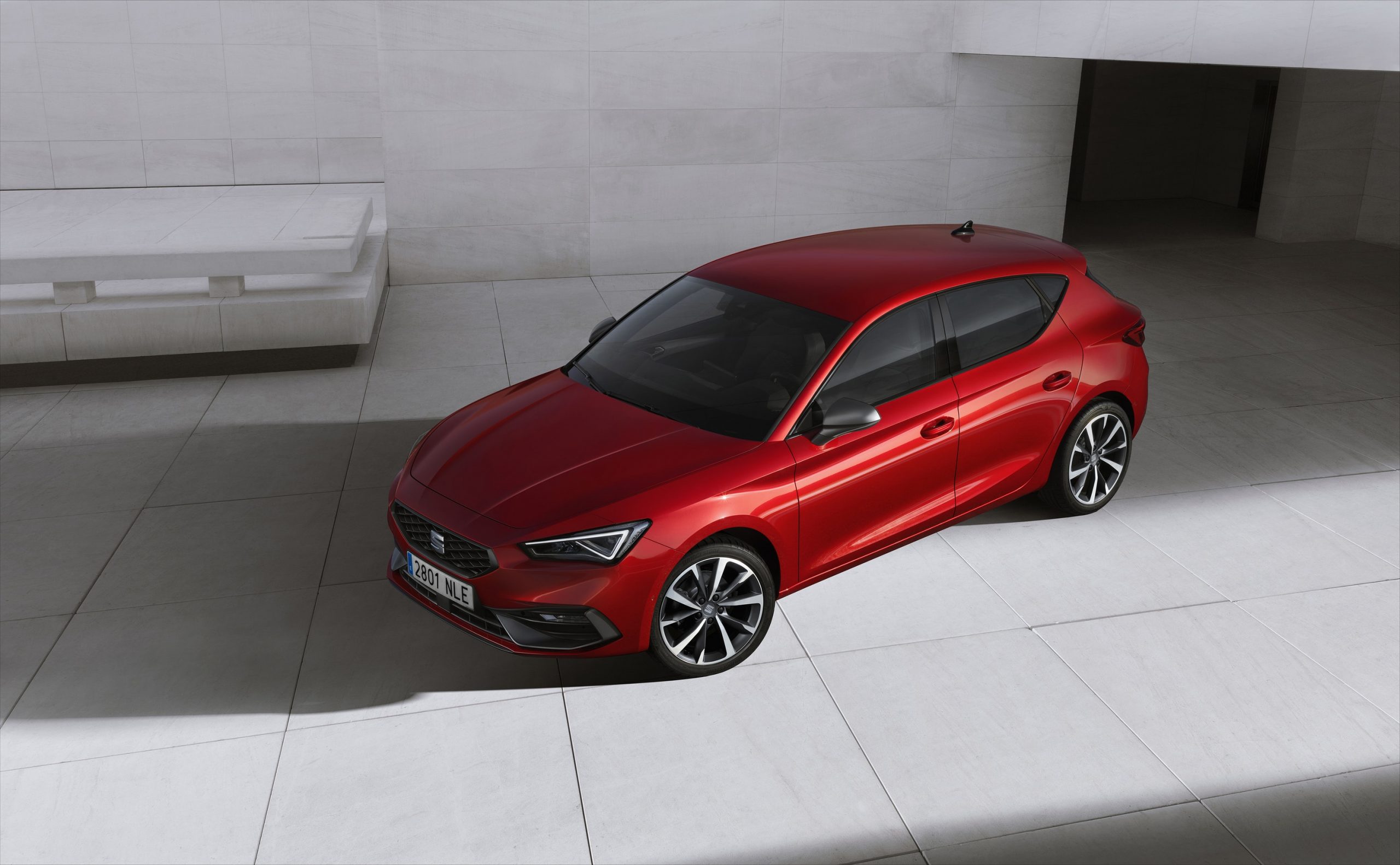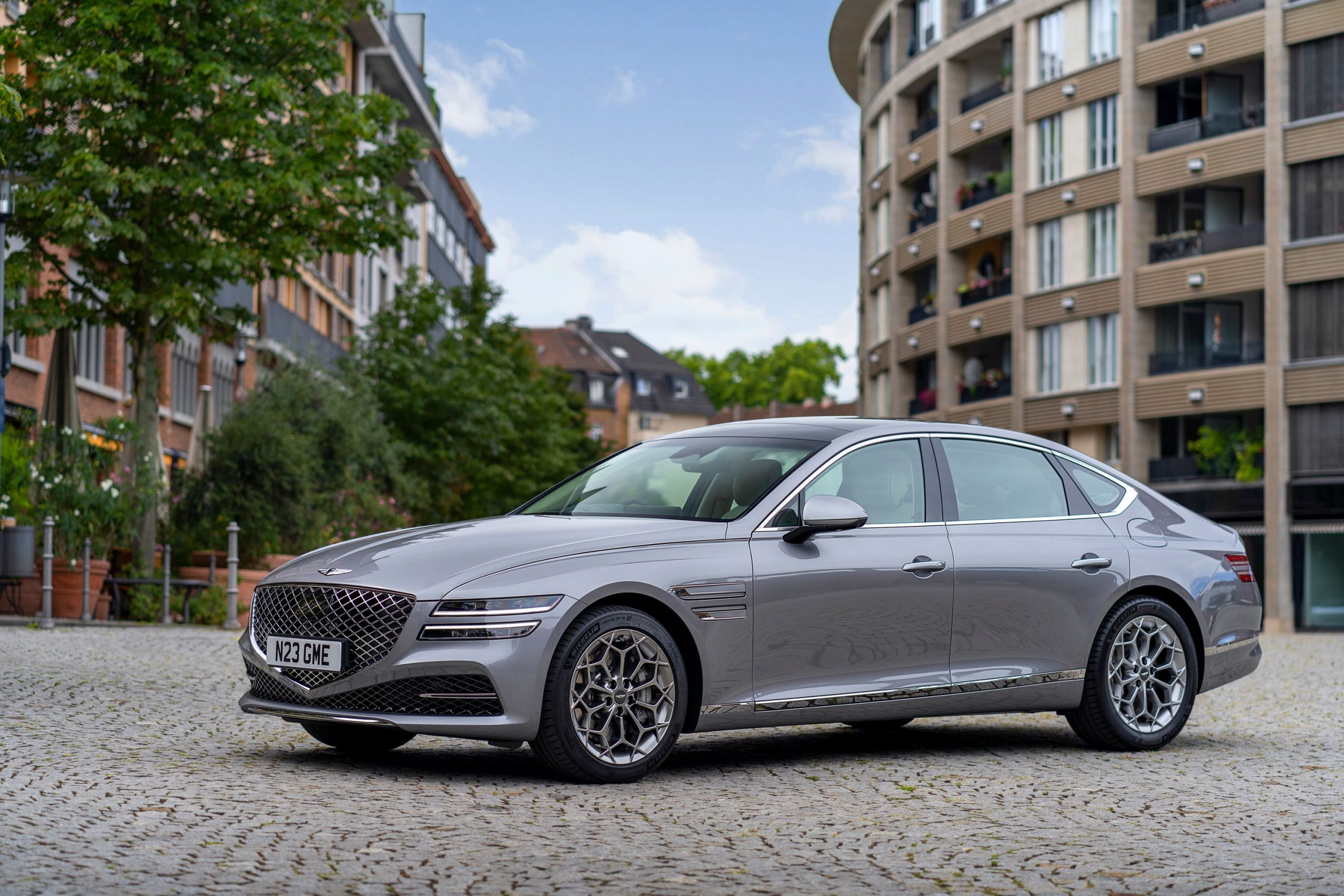Honda is introducing a new version of its popular CR-V SUV. Ted Welford gets behind the wheel
Honda’s CR-V was arguably ahead of its time in 1997, arriving years before the SUV trend officially started. Indeed, it continues to be one of the world’s most popular cars. More than 600,000 were sold in 2022 alone, in fact.
As Honda’s flagship product in Britain, though, it’s an important statement model, which is why the firm is quite quickly back with a new, sixth-generation CR-V that Honda describes as a ‘massive step forward’ compared to its predecessor. But is that the case?
The new CR-V has been given a more aggressive look, with sharper lines and a prominent grille aiding this SUV’s design, while it’s larger in terms of dimensions too. With Honda recently introducing the Qashqai-sized ZR-V to its range, there’s been the scope to take this new CR-V further upmarket as well.

Though Honda will continue to offer European CR-Vs only with hybrid powertrains, just like its predecessor, there’s also the addition of a plug-in hybrid setup – not only a first for this SUV, but also for Honda as a whole.
This new CR-V features the same basic hybrid setup as the highly acclaimed Civic, using a 2.0-litre petrol engine as its base. There are two electric motors as well, one that drives the wheels and one that serves as a generator. The hybrid and plug-in hybrid oddly deliver the same 181bhp and 335Nm of torque outputs, though the standard hybrid comes with four-wheel-drive, while the plug-in is front-driven only. Honda says this has made it a better choice for those wanting to tow, which it can up to 1500kg.

Accelerating from 0-60mph takes 9.2 seconds, while the top speed is 121mph. The plug-in model, courtesy of its 17.7kWh battery, brings the added advantage of a claimed 50-mile electric-only range. The on-paper figures are impressive, with Honda claiming 353mpg and 18g/km CO2 emissions. A full charge can take place in 2.5 hours.
The CR-V is down on power by more than 100bhp next to some of its rivals (such as the 302bhp Toyota RAV4 Plug-in), and as a result, doesn’t feel anywhere near as brisk. The power delivery is smooth and leisurely, but it’s far quieter and more refined than its rivals. The lack of a conventional gearbox (it’s integrated into the electric motors), means there’s none of the awkward flip-flopping of power sources like there are in some plug-in hybrids, too.

All CR-Vs ride on fairly small 18-inch alloy wheels, and as a result, the ride is excellent. It’s comfortable even on some rougher roads, and despite the extra weight of the plug-in hybrid, there’s little to tell the two cars apart. Our one gripe is that the new ‘Sensing 360’ safety package has some particularly irritating tech – the speed sign recognition isn’t always accurate, and then bongs repeatedly as it thinks you’re over the limit. Though it can be turned off, you have to come to a stop to do this – and it resets every time – which could prove infuriating on a daily basis.
The new CR-V is certainly an improvement in the looks department. The last model was just a bit too brash with all its chrome, so Honda has certainly worked its magic, while retaining familiar CR-V cues, such as the same silhouette and vertical LED rear lights. At 8cm wider, it looks like a bigger car, though still with a fairly manageable footprint.

Plug-in hybrid and standard hybrid models also offer slightly contrasting styling, with the two models getting different grilles and bumpers. Though the small alloy wheels most certainly aid comfort, they can look a bit lost and make the CR-V seem a bit under-wheeled.
The first thing that grabs you about the CR-V is just how practical it is. The old car was hardly short of space, but this new model feels noticeably roomier. The boot measures a huge 586 litres, with dedicated space beneath the floor to keep the charging cables. Rear seat space is great too, while the back doors open at right angles, making access great – ideal for those people putting children in the back, for example. The glass roof fitted to all models puts a dent in the rear headroom, however.
Up front, the CR-V adopts a similar interior layout as the new Civic, with the same nine-inch touchscreen, digital dials and physical climate controls. It works impressively well, though doesn’t feel quite as modern as some of its rivals. Honda also talks a lot about the premium feel of the CR-V, and though it feels very well screwed together and built to last for decades, we reckon it’s not quite at that ‘premium’ finish yet.

Regardless of which CR-V you go for, it won’t be lacking in terms of equipment. The standard Elegance model comes with keyless entry, heated leather seats, a full suite of driver assistance technology and wireless smartphone charging. Upgrade to the Advance and it brings ventilated front seats, a Bose sound system and a 360-degree camera system. It’s especially comprehensive.
At the top of the range sits the Advance Tech, which is the only grade you can get the plug-in hybrid in. It brings a revised grille and bumpers, autonomous parking capability and additional connected services.
This new Honda CR-V is certainly a big improvement over its predecessor. Carrying over the Civic’s brilliant hybrid powertrain, it’s smooth and efficient and aided further by the option of a plug-in hybrid for the first time.
This SUV is very well specified too, while the comfortable ride and practicality are ideal for families. But, like other new Hondas, we just think the price is too high next to the competition. If Honda could introduce the plug-in hybrid version of the CR-V to lesser trim levels, it would certainly help.











